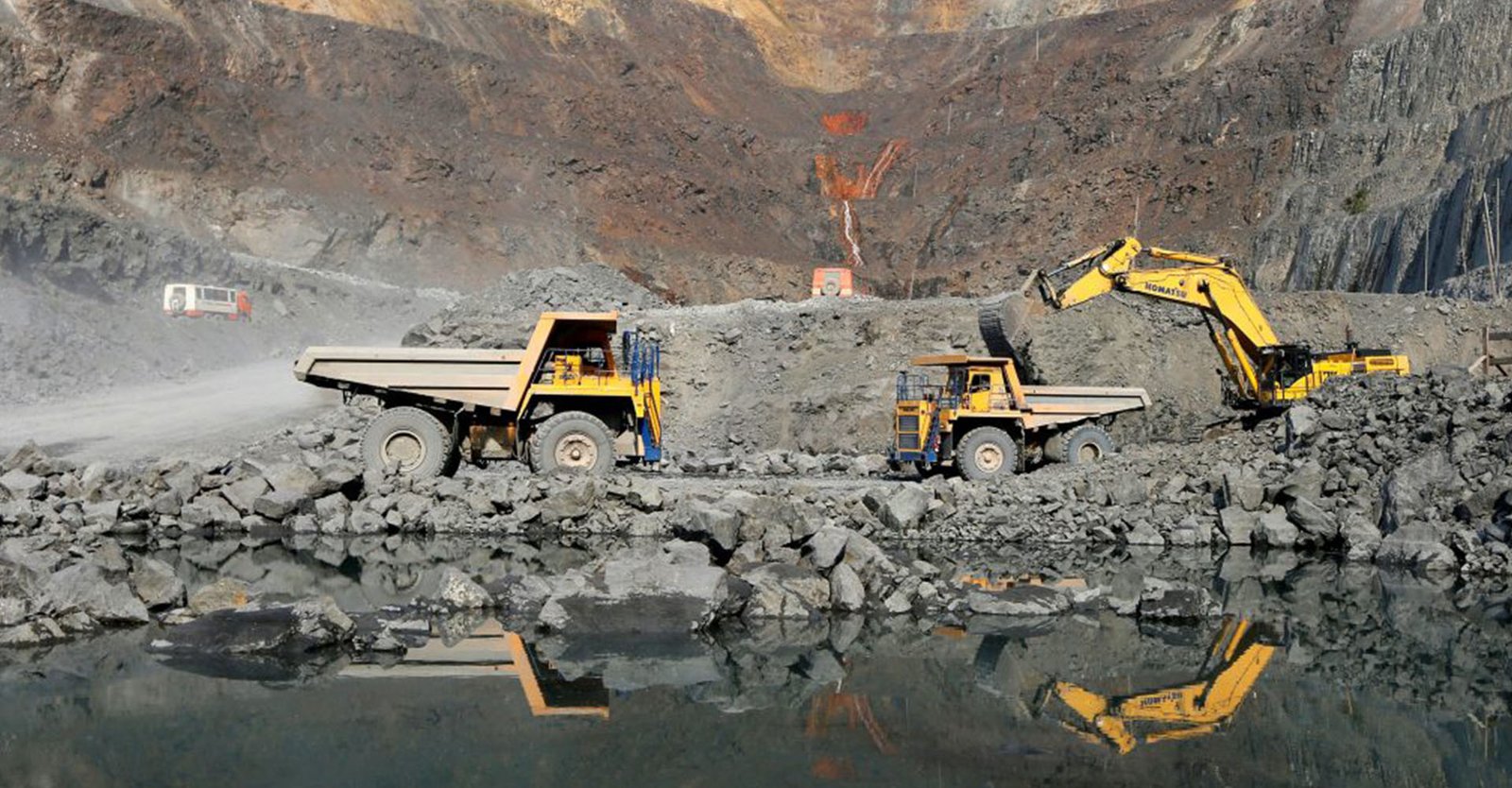Zinc
For human, animal, plant, and microbe growth, zinc is a trace element that is vital. It is also required for prenatal and postnatal development. It is the only metal that is present in every class of enzyme and is the second most common trace metal in humans, after iron. Because zinc is a crucial cofactor for numerous enzymes, it is also a necessary nutritional component for coral growth.
Despite having a drab finish, the majority of popular industrial grades of zinc are nevertheless bluish-white, glossy, and diamagnetic [21].It has a hexagonal crystal structure with a deformed type of hexagonal close packing, with each atom having six nearest neighbours (at 265.9 pm) in its own plane and six others at a larger distance of 290.6 pm. [22] It is somewhat less dense than iron.
[23] At most temperatures, the metal is brittle and hard, but between 100 and 150 °C, it becomes pliable.[21][22] The metal becomes brittle once more above 210 °C and can be crushed.


.png)
